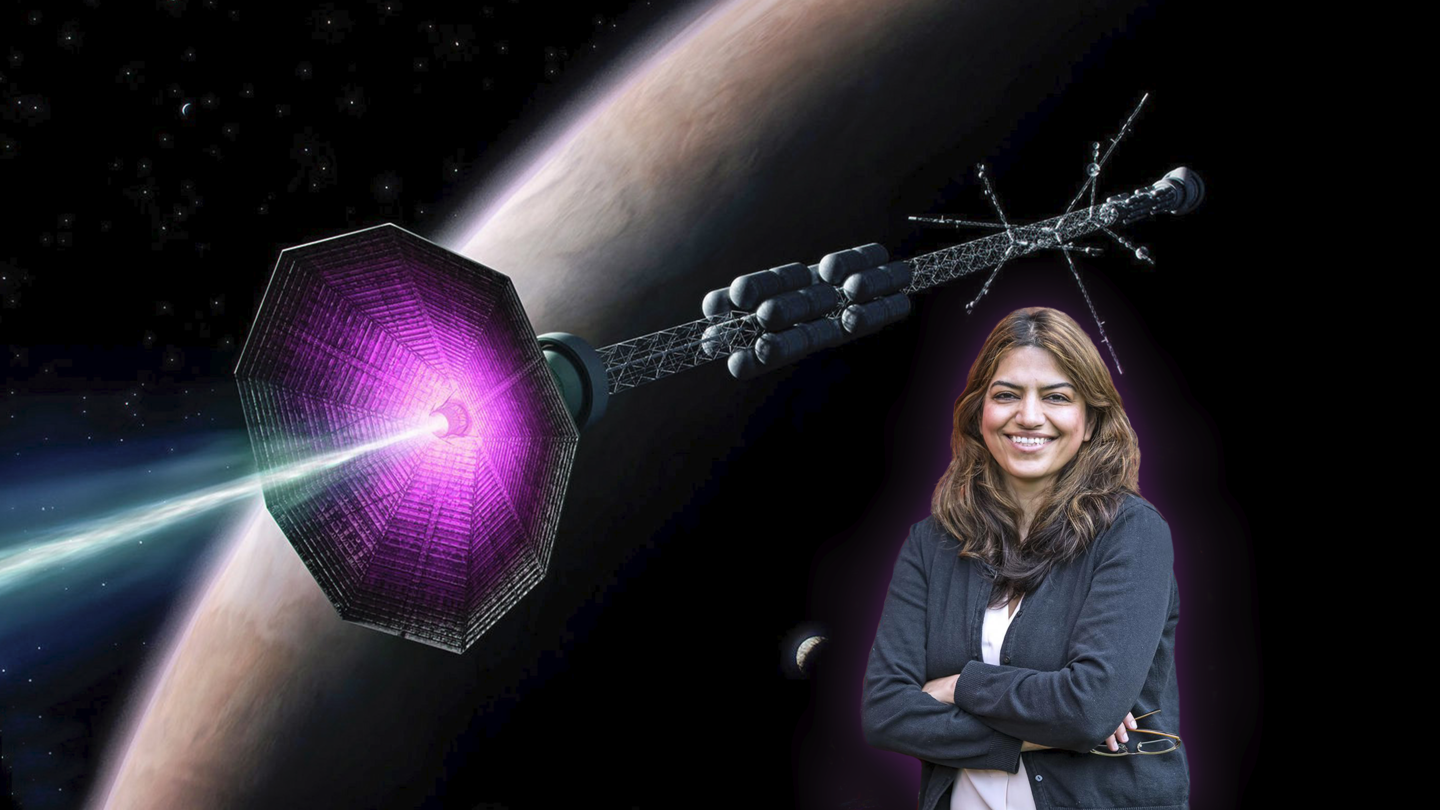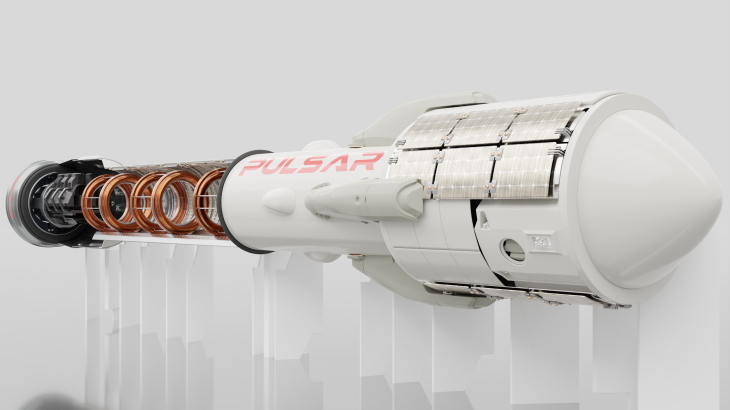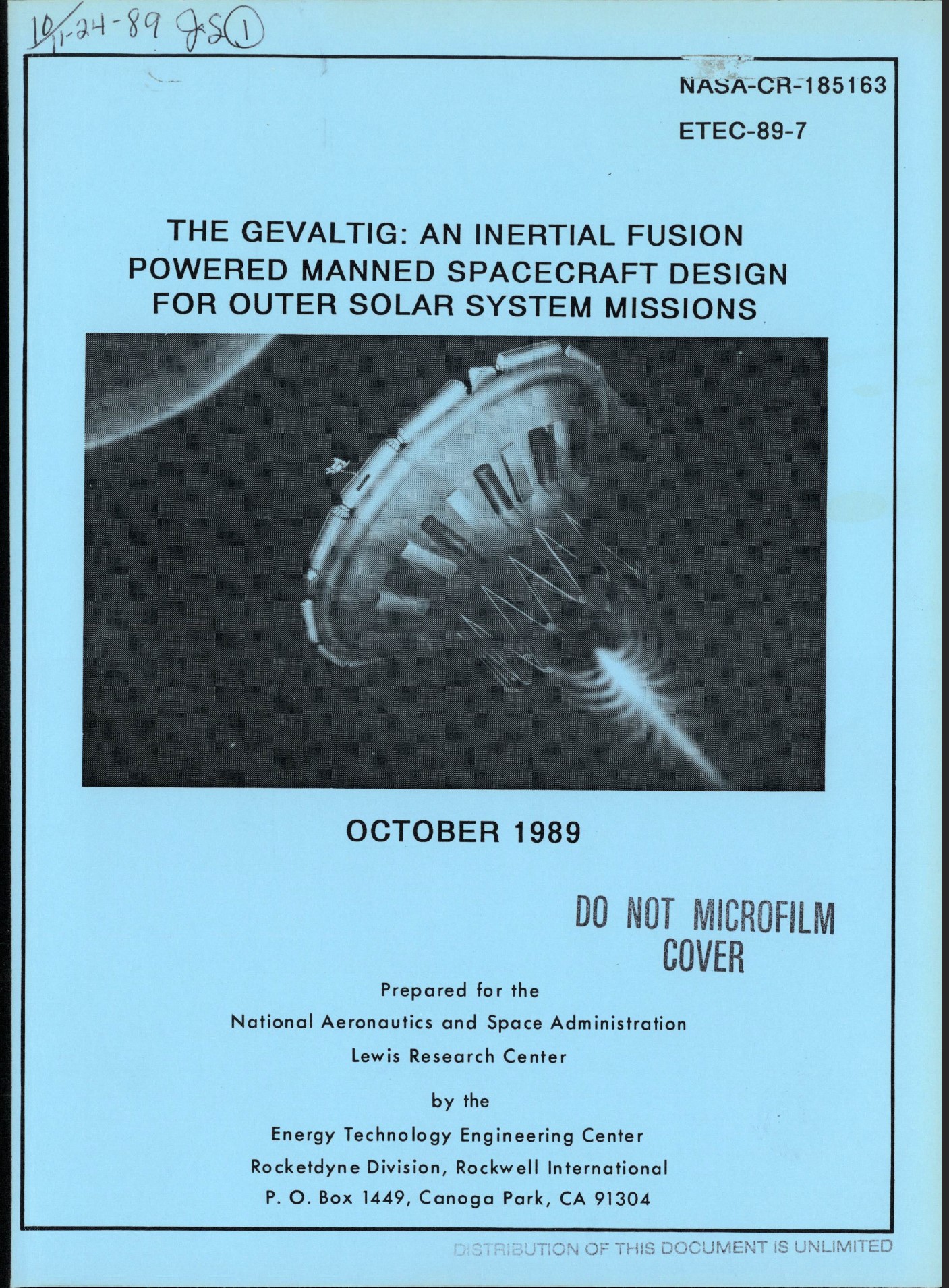Nuclear fusion breakthrough: What does it mean for space exploration?

Some scientists say nuclear fusion propulsion is inevitable. But how far away is it, given recent breakthroughs?
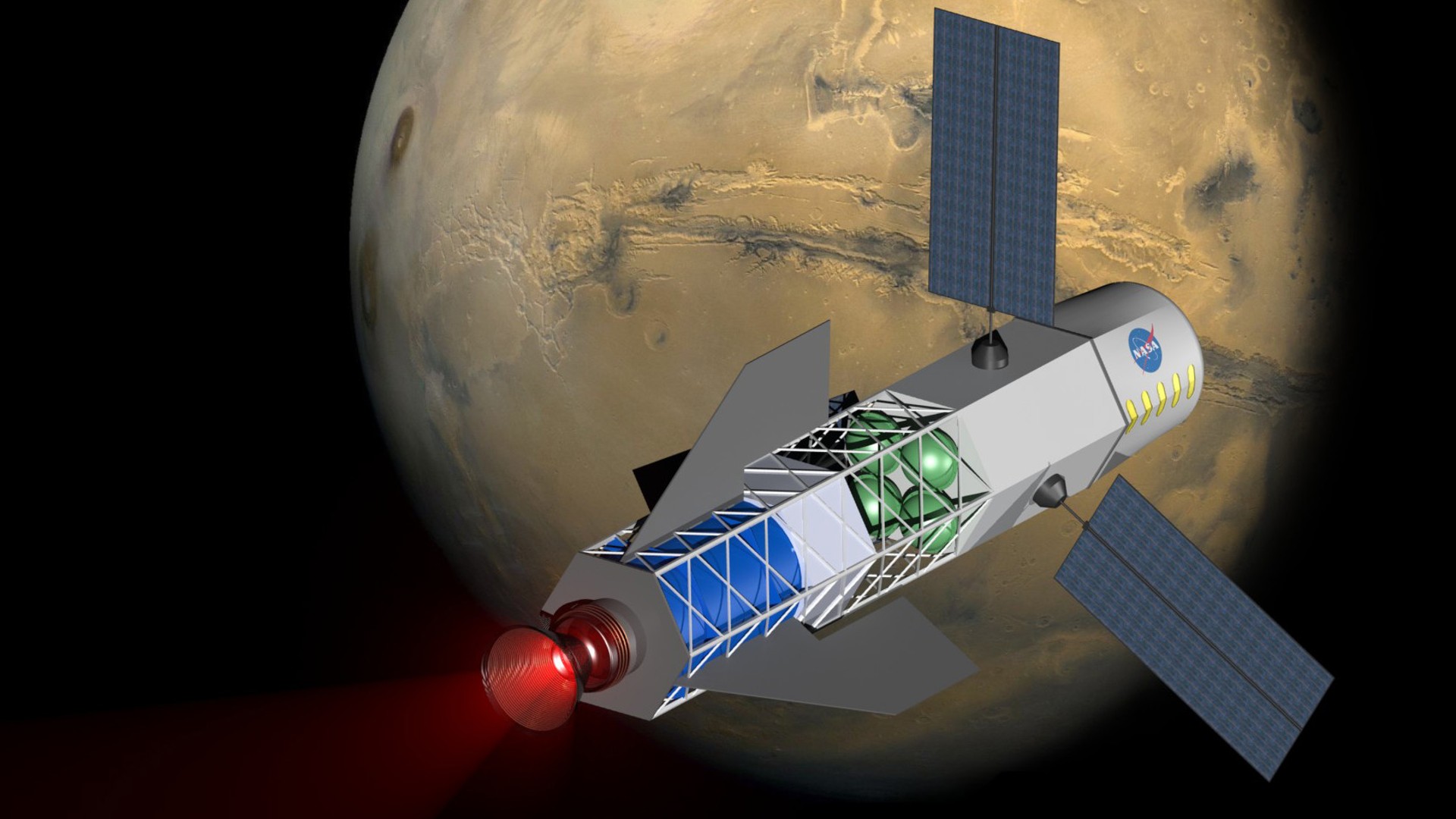
The announcement this week of fusion ignition is a major scientific advancement, one that is decades in the making. More energy was produced than the laser energy used to spark the first controlled fusion triumph.
The result: replicating the fusion that powers the sun.
On Dec. 5, a team at Lawrence Livermore National Laboratory's National Ignition Facility (NIF) achieved the milestone. As noted by Kim Budil, director of the laboratory: "Crossing this threshold is the vision that has driven 60 years of dedicated pursuit — a continual process of learning, building, expanding knowledge and capability, and then finding ways to overcome the new challenges that emerged," Budil said.
The nuclear fusion feat has broad implications, fueling hopes of clean, limitless energy. As for space exploration, one upshot from the landmark research is attaining the long-held dream of future rockets that are driven by fusion propulsion.
But is that prospect still a pipe dream or is it now deemed reachable? If so, how much of a future are we looking at?
Related: Major breakthrough in pursuit of nuclear fusion unveiled by US scientists
Data points
The fusion breakthrough is welcomed and exciting news for physicist Fatima Ebrahimi at the U.S. Department of Energy's (DOE) Princeton Plasma Physics Laboratory in New Jersey.
Breaking space news, the latest updates on rocket launches, skywatching events and more!
Ebrahimi said the NIF success is extraordinary.
"Any data points obtained showing fusion energy science achievement is fantastic! Fusion energy gain of greater than one is quite an achievement," Ebrahimi said. However, engineering innovations are still requisite for NIF to be commercially viable as a fusion reactor, she added.
Ebrahimi is studying how best to propel humans at greater speeds out to Mars and beyond. The work involves a new concept for a rocket thruster, one that exploits the mechanism behind solar flares.
The idea is to accelerate particles using "magnetic reconnection," a process found throughout the universe, including the surface of the sun. It's when magnetic field lines converge, suddenly separate, and then join together again, producing loads of energy. By using more electromagnets and more magnetic fields, Ebrahimi envisions the ability to create, in effect, a knob-turning way to fine-tune velocity.
As for the NIF victory impacting space exploration, Ebrahimi said for space applications, compact fusion concepts are still needed. "Heavy components for space applications are not favorable," she said.
Necessary precursor
Similar in thought is Paul Gilster, writer/editor of the informative Centauri Dreams website.
"Naturally I celebrate the NIF's accomplishment of producing more energy than was initially put into the fusion experiment. It's a necessary precursor toward getting fusion into the game as a source of power," Gilster told Space.com. Building upon the notable breakthrough is going to take time, he said.
"Where we go as this evolves, and this seems to be several decades away, is toward actual fusion power plants here on Earth. But as to space exploration, we then have to consider how to reduce working fusion into something that can fit the size and weight constraints of a spacecraft," said Gilster.
There's no doubt in Gilster's mind that fusion can be managed for space exploration purposes, but he suspects that's still more than a few decades in the future.
"This work is heartening, then, but it should not diminish our research into alternatives like beamed energy as we consider missions beyond the solar system," said Gilster.
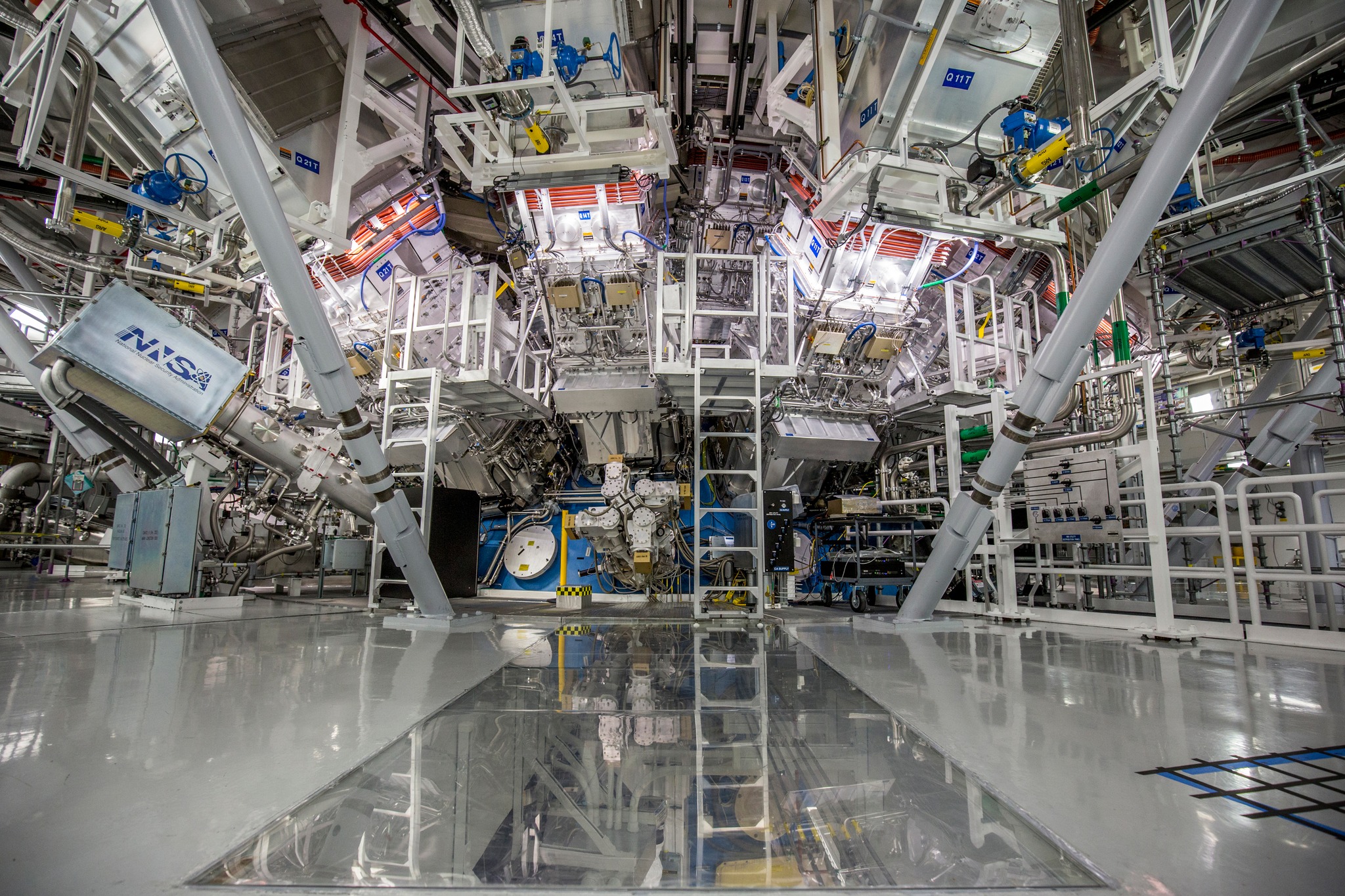
Exhaust speeds
Richard Dinan is the founder of Pulsar Fusion in the United Kingdom. He's also the author of the book "The Fusion Age: Modern Nuclear Fusion Reactors."
"Fusion propulsion is a much simpler technology to apply than fusion for energy. If fusion is achievable, which at last the people are starting see it is, then both fusion energy and propulsion are inevitable," Dinan said. "One gives us the ability to power our planet indefinitely, the other the ability to leave our solar system. It's a big deal, really."
Exhaust speeds generated from a fusion plasma, Dinan said, are calculated to be roughly one-thousand times that of a Hall Effect Thruster, electric propulsion hardware that makes use of electric and magnetic fields to create and eject a plasma.
"The financial implications that go with that make fusion propulsion, in our opinion, the single most important emerging technology in the space economy," Dinan said.
Pulsar Fusion has been busy working on a direct fusion drive initiative, a steady state fusion propulsion concept that's based on a compact fusion reactor.
According to the group's website, Pulsar Fusion has proceeded to a Phase 3 task, manufacturing an initial test unit. Static tests are slated to occur next year, followed by an in-orbit demonstration of the technology in 2027.
Aspirational glow
"The net energy gain reported in the press is certainly a significant milestone," said Ralph McNutt, a physicist and chief scientist for space science at the Johns Hopkins University Applied Physics Laboratory in Laurel, Maryland. "As more comes out, it will be interesting to see what the turning point was that pushed this achievement past the previous unsuccessful attempts," he said.
McNutt said that getting to a commercial electric power station from this recent milestone is likely to be a tough assignment. "But the tortoise did eventually beat the hare. Tenacity is always the virtue when one is handling tough technical problems."
With respect to space exploration, it certainly does not hurt in providing an example that great things can still be accomplished, McNutt said.
"All of that said, it should be still a sobering thought that despite all of the work on NERVA/Rover there is still no working nuclear thermal rocket engine, and the promise of nuclear electric propulsion for space travel only had a brief glimmer with SNAP-10A in April of 1965," recalled McNutt.
The actual use of ICF in a functional spacecraft has been a long-held dream, McNutt said, but that is very unlikely to change for a long time to come.
"Space travel has always been tough. That NASA has 'blazed the trail' that many commercial entities are now following does not mean space has gotten easier, but the new ICF results have added to the aspirational glow on the horizon of the future," McNutt added.
"That said, no one should be fooled into thinking that space will somehow not be tough someday. It's called 'rocket science,' with all that implies in popular culture for a reason," he concluded.
Follow us on Twitter @Spacedotcom or on Facebook.

Leonard David is an award-winning space journalist who has been reporting on space activities for more than 50 years. Currently writing as Space.com's Space Insider Columnist among his other projects, Leonard has authored numerous books on space exploration, Mars missions and more, with his latest being "Moon Rush: The New Space Race" published in 2019 by National Geographic. He also wrote "Mars: Our Future on the Red Planet" released in 2016 by National Geographic. Leonard has served as a correspondent for SpaceNews, Scientific American and Aerospace America for the AIAA. He has received many awards, including the first Ordway Award for Sustained Excellence in Spaceflight History in 2015 at the AAS Wernher von Braun Memorial Symposium. You can find out Leonard's latest project at his website and on Twitter.
